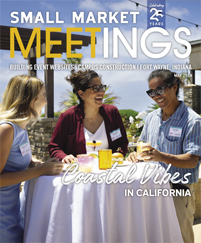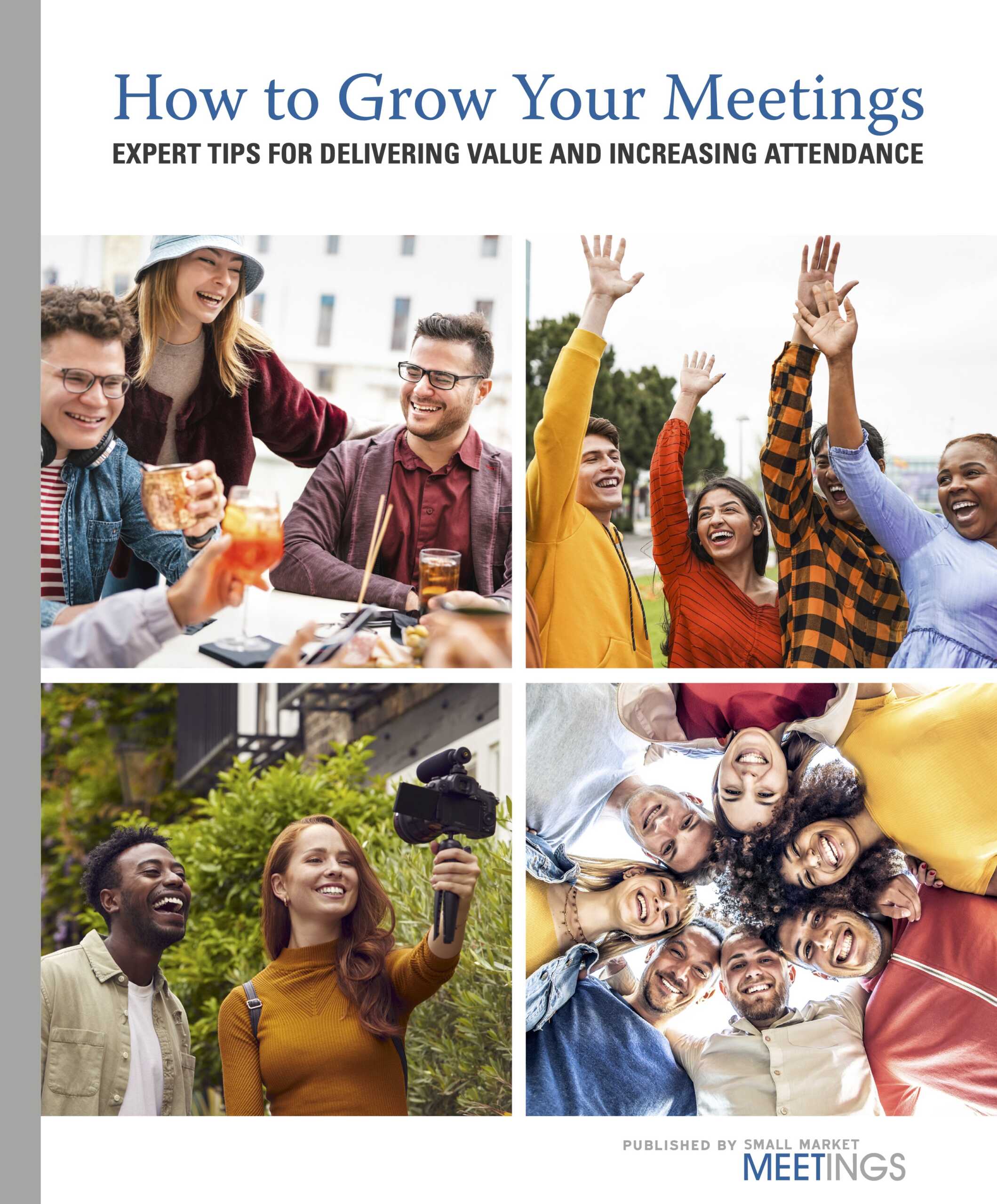Between supply chain issues and inflation, the term “affordable meeting” might seem like an oxymoron.
The rising prices every consumer sees at the gas pump and the grocery store inevitably affect everything, and meetings are no exception. Increases in costs of both essential event components and the finer details leave planners feeling like they must choose between being frugal and impressing their attendees. But wallet-weary planners need not despair —these expert tips can help stretch dollars and deliver exceptional events without breaking the bank.
Budget Basics
Like every aspect of event planning, the first step toward designing an affordable event is to understand the client’s goals and expectations. Asking questions about the event’s audience and the desired overall look and feel is an excellent starting point.
“Really understanding those key points and what your client is trying to achieve will help you identify where to spend the money,” said Kayla Cook, owner and lead planner at Kayla Cook Events, an event-planning company in Washington.
For example, if the event is an internal function, like a training session for a company’s employees, education will be a big component, so audiovisual services will be an important part of the budget, while the venue and luxury items may be less so.
For events meant to impress clients and bring in sales, a luxurious venue and elaborate décor might be in order.
“High-impact events need details,” Cook said.
After the event’s overall goals have been considered, planners must determine how much wiggle room is in the client’s budget by assessing contractual fees that will be tacked on, including resort fees, service charges and local tourism taxes.
“Assess all those potential line items and get those built into your budget up front,” said Michelle Flowers, senior director of event management at Maritz Global Events. “Back into what money you have left over from there.”
Finally, planners should consider not only the client’s wishes and necessary charges, but also attendee needs and expectations at every stage of the event.
Flowers recommends planners think about the attendee experience, and ask themselves: “As you follow the attendee through their journey, what do they need at each point?”
What Not to Cut
Some of the highest priced line items for events are the least negotiable — and, unfortunately, the most necessary. Planners should expect that a hefty portion of the budget will go toward these necessities and let their clients know to expect the same.
“Right now, it’s the basics — like hotel costs and airfare, and food and beverage — that have all gone up, and there’s not a lot of negotiating with hotels,” said Ashley Albrecht, owner of Albrecht Events.
Several factors, including inflation, supply chain issues and labor shortages, have caused prices to skyrocket. Hotels can be especially costly because of the additional fees from exclusive, in-house vendors. It can be risky to make big cuts to these parts of the budget, because they can make or break an event.
As painful as it may be to spend such a large chunk of the budget on the most basic event necessities, some things can’t be helped.
“What we’re finding now especially is it’s very difficult for the industry to attract and obtain skilled labor,” Flowers said. She added that this is especially true for services like A/V, where lighting packages that once cost $1,500 now run close to $6,000. Still, audiovisual is a meeting necessity.
“Don’t skip out on A/V,” Cook said. “A/V can really elevate your event.”
This is also true for food and beverage costs, which have increased as much as 20 percent.
Make Strategic Choices
There are, though, strategies for saving money on big line items. Planners can consolidate, streamline and make conscientious cuts in their budgets.
To bring down the cost of the venue, Albrecht recommends steering clear of hotels when possible because additional contractual fees add up quickly. It also saves money to opt for venues that include necessary elements for the event, such as a stage or audiovisual components.
If the meeting must be held at a hotel, look at when and where the event will be held. Scheduling during the off season might lead to lower hotel rates.
To save on A/V, Flowers recommends reviewing the agenda and combining equipment as much as possible. This cuts down on set-up and tear-down costs and the amount of equipment needed.
“If you have four meeting rooms, instead of doing an A/V package in all four, you can set it in two and flip-flop your agenda so you’re reusing the space, versus moving the group to another room,” Flowers said.
Cook also had some tips for saving on audiovisual, such as booking early to avoid high prices for last-minute orders; sharing equipment with other events at the venue; and foregoing the newest, most expensive equipment offered by a company.
Planners can also use logistical information to determine where to shave off costs.
“What you can do is be very strategic about guarantees,” Flowers said. “Don’t just guarantee 200 for everything. Look at arrivals, departures, expected attrition. Tighten numbers as best you can.”
If the event’s overall expected attendance is 200, remember that most won’t arrive until late into the first day, so it won’t make sense to budget for breakfast for 200 attendees that day.
Swaps and Substitutions
Small details can add heightened luxury to a meeting, but if the most basic components of planning take up the biggest part of the budget, planners may feel there’s no money left for little details.
Cost-effective alternatives though can help their event pack a punch even as they save money.
One swap Albrecht recommends is using live plants instead of fresh-cut floral arrangements. Live plants can be reused time after time and add a bit of freshness to liven up a space. Another simple décor swap that can be used again and again? Battery-operated candles.
For a cost-effective swap that’s also sustainable, go digital instead of print. The cost of printing flyers, signage and programs can quickly add up, so explore the many digital alternatives available.
“A lot of companies are moving toward digital signage and information versus printing programs or printing signage on site,” Cook said.
Apps and QR codes are other digital options that can elevate the event and save printing costs.
For meals, planners can make several choices to save money. They can select meals that are less labor-intensive, set up buffet-style spreads instead of plated dinners and choose catering companies that charge based on consumption rather than per-person costs.
The agenda most likely has some wiggle room for a few budget-saving substitutions. Obviously, some items, such keynote speakers and main events, can’t be cut. It might makes sense at some meetings though to give attendees an afternoon off for leisure time instead of packing activities into every hour of the agenda.
Flowers recommended planners design affordable meetings by looking at the budget and “really assessing where the needs are and being strategic about how you approach it. Start from the center of the event and work outwards.”











